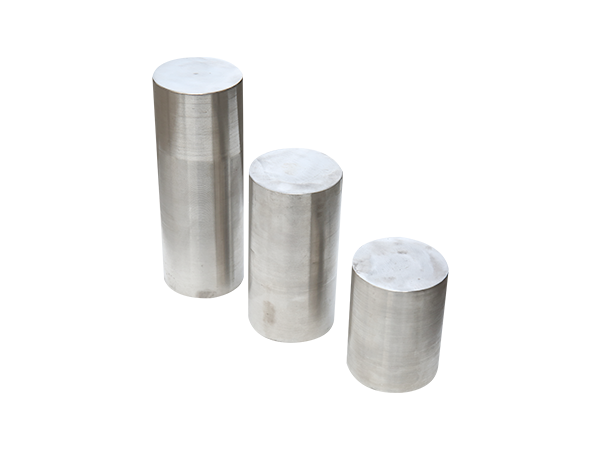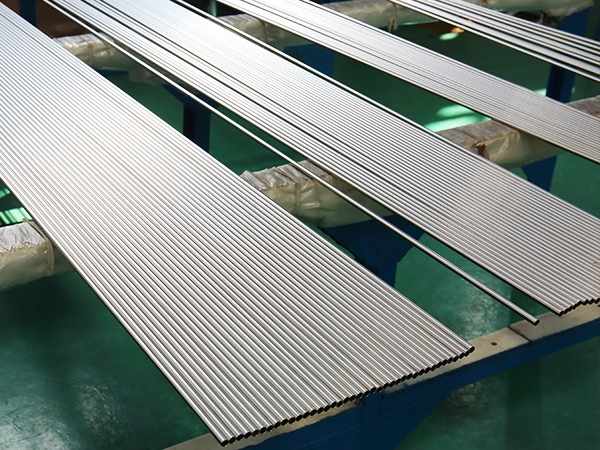Level I Grade II Grade III ≥3-10 ±0.05P ±0.10P ±0.15P >10 ±0.04P ±0.08P ±0.12P Level I Grade II Grade III ≥3-10 ±0.08P1 ±0.12P1 ±0.15P1 >10 ±0.07P1 ±0.10P1 ±0.12P1 material Carbon spring wire Oil quenched and tempered carbon spring wire Valve oil quenched and tempered carbon spring wire Si-Mn spring steel wire Test stress Lz Tensile strength*0.5 Tensile strength *0.55 Tensile strength *0.55 740 Nickel Base Corrosion Resistant Alloy
Nickel-based corrosion-resistant alloys generally refer to nickel-based metal materials with strong corrosion resistance. The corrosion-resistant alloys produced by Seonjip are mainly used in the fields of petrochemical, energy, marine and so on.
Inconel 625 Plate,Nickel Chrome Alloy,Nickel Chromium Alloy,Inconel 600 Round Bars Jiangsu Seonjip Technology Co.,Ltd. , https://www.seonjip.com
This standard specifies the technical requirements, test methods, inspection rules and signs for cylindrical spiral springs (hereinafter referred to as springs) for locomotive and vehicle brakes.
This standard applies to new refrigeration coil compression springs for circular cross-section (cross-section diameter (0.5-12mm)) of dry rolling stock brakes.
Spring characteristics and limit deviation meet the requirements:
1. The load at the specified height shall be measured between 20% and 80% of the spring deformation at the time of the test load. 2. The spring stiffness shall be between 30% and 70% of the deformation under the test load.
3. The limit deviation of the load (p) at the specified height is shown in Table 1.
Table 1
4. The allowable deviation of the spring stiffness P1 is shown in Table 2. The spring stiffness test is only carried out when the requirements of the drawings specify this requirement.
Table 2
5. After the spring is compressed three times under the test load, no permanent deformation is allowed.
6, the spring surface out according to the product design or related technical documents.
Spring property test:
1. The spring characteristic is measured by compressing the spring once to the metal phase after the test load Pa. At this time, the test load is calculated according to the test stress T1 specified in Table 3, when the test load is greater than the load Pb, Pressure and load are used as test loads.
Test load calculation formula:
PS=(Ï€d^3/8D)L
In the formula:
PS—The test load L—the stress d under the test load—the material diameter D—the load in the spring and the specified height, and the test height is determined according to the product drawing. Load grouping springs should be tested according to the grouping.
3. The value of the spring stiffness is determined according to the ratio of any two points of load difference and deformation amount between 30% and 70% of the deformation amount under test load.
For more details, please contact: Jinan Zhongchuang Industrial Test System Co., Ltd. 

Zhongchuang teaches you how to test the brake spring of your locomotive and vehicle
Application scope: